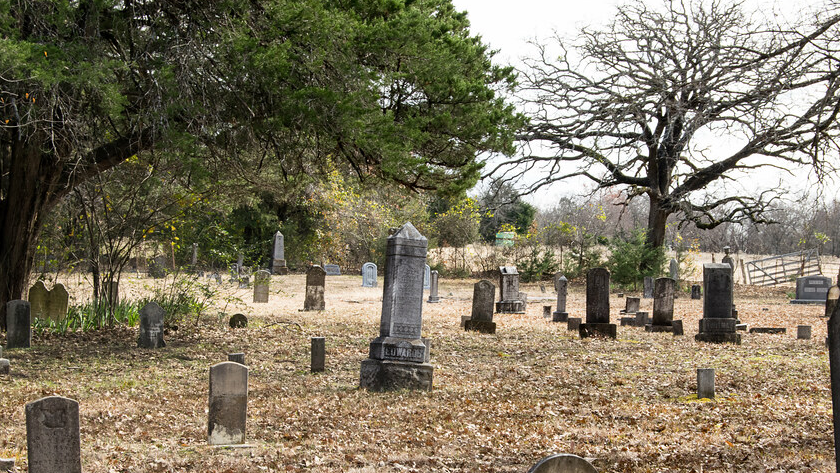This was the essay I wrote for the Common Application in 2018.
Cemeteries are spooky, dark places where the dead go to rest and the living go to great lengths to avoid. At least, that’s what we see in horror movies. In fact, I consider a cemetery one of the best places to learn about life.
Both of my parents are historians and met while earning their advanced degrees at the University of Virginia. When I was a kid, we didn’t go to theme parks, we went to old buildings, museums, and cemeteries. My family and I visited sites across the country, from Mount Auburn in Cambridge, Massachusetts, to Forest Lawn in Los Angeles, California. During a recent trip to Mexico City, we toured shrines erected to the memory of saints at the Basilica de Guadalupe and walked the Avenue of the Dead at Teotihuacan.
Last summer, I attended the Cornerstone Summer Institute, a residential program designed by the President’s Commission on Slavery at the University of Virginia. The course promotes critical thinking about the the historical interpretations of slavery and the enduring meaning of freedom. We visited an exhibit on slavery at James Madison’s Montpelier, “The Mere Distinction of Colour,” spoke with descendants of slaves at the once-segregated Jefferson School, and toured the site of an historically black neighborhood that was demolished wholesale for urban renewal in the 1960s.
One moment that stuck with me happened at Thomas Jefferson’s estate, Monticello, in the hills above Charlottesville. As we walked down a wooded path, we passed an ornate iron gate at the top of a short series of steps. Within this small cemetery, a bold white obelisk thrust into the sky, marking the final resting place of the president. The camp counselor mentioned that this area was still privately maintained by Jefferson’s descendants. We continued down the path to the parking lot where our bus was waiting. The leaf-covered ground transitioned to hard asphalt near the visitor’s center. Before we boarded the bus, our counselor pointed out one last landmark: a small area sparsely shaded by trees in the middle of the parking lot surrounded by a rustic wooden fence. The enclosure was largely empty, save for a few rough stones scattered on the ground. The site was recently rediscovered, according to our guide. The stones marked the graves of slaves who worked at Monticello; any wooden markers had rotted away long ago.
Here, it wasn’t the presence of gravestones that struck me, but the absence. These people were largely forgotten in the shadow of the mansion they built for Jefferson and his family. Their lives and their bodies were stolen by a master who preached against the evils of slavery yet deprived them of their basic rights and humanity.
I found a similar dichotomy at other cemeteries, usually between well-maintained white graves and the graves of African-Americans, which were typically off to the side, neglected, and largely unmarked. The historical contexts and settings varied, but each cemetery showed the same disturbing pattern of segregation and inequality. These markers of the past highlight the disparity between the way African-Americans and white Americans are treated, a system that has perhaps faded over time but is still prevalent in our society today.
Through my recent travels and experiences, I discovered that cemeteries offer valuable insights into the people and cultures of the past. These sites chronicle how the wealthy and more privileged — not just here in the U.S., but around the world — built great monuments to themselves while forgetting, or erasing, the contributions of others. Cemeteries are snapshots of social groups and the conflicts and compromises that bind them. For me, these places of the dead are where history feels most alive.
